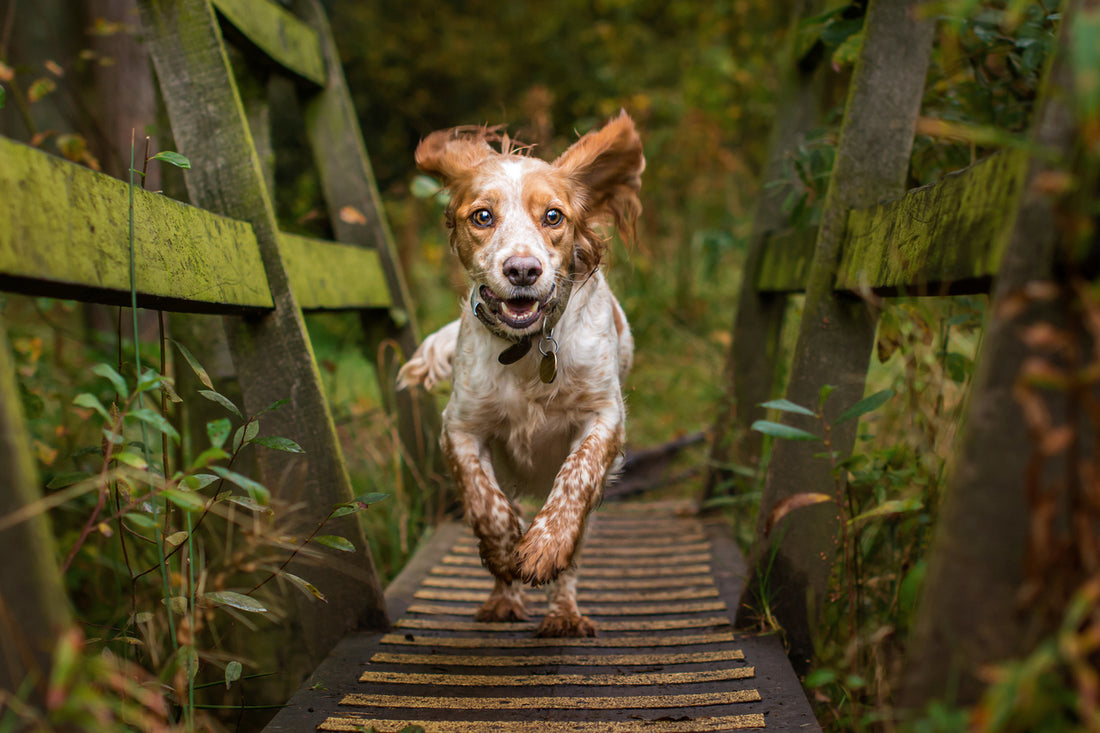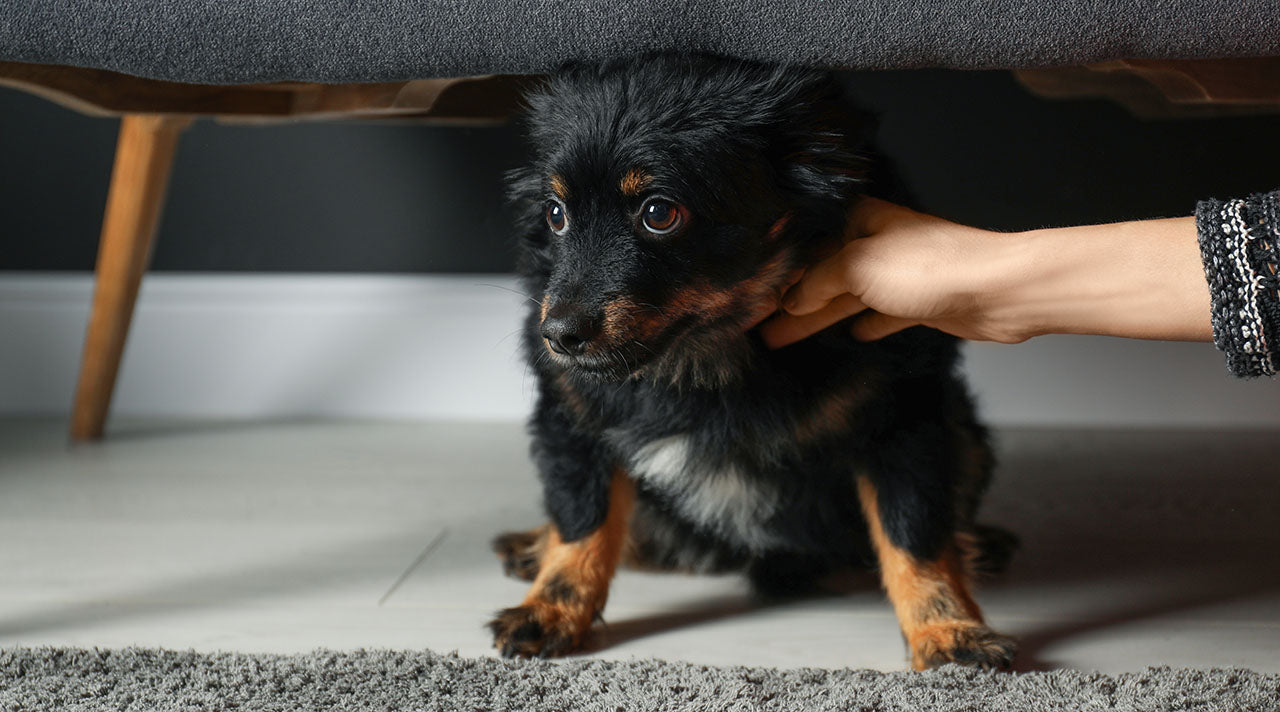How do I recognize joint problems in dogs? What can I do if my dog has joint pain and how can I prevent it? Find out now!
Joints are the hinges of the body and provide both mobility and stability. The maintenance of the musculoskeletal system is therefore the basis for a long and happy dog life However, especially as dogs get older, joint problems can occur. These can not only be painful, but can also significantly limit the four-legged friend's well-being and enjoyment of life.
How do I recognize joint problems in dogs? What can I do if my dog has problems and how can I actively promote the agility of the dog's joints from the beginning in order to prevent joint problems? You will find out in this article.
How do I recognize joint problems in dogs?
The causes There are many causes of joint problems in dogs: physical overload, for example after a long hike, excess weight, injuries and illnesses. If your dog overloads its joints at an early age, for example, the risk of arthritis increases significantly.
Based on the following warning signals You can tell if your dog is suffering from joint pain:
- Rapid exhaustion, even after short walks
- Visible thickening of the joints
- Biting, licking or poking the affected areas
- resting the affected joints
- Problems getting up or lying down
- Constantly changing the resting position
- Slow or difficult climbing of stairs
- Constant fatigue and reduced urge to move
- touch sensitivity
What can I do if my dog has joint pain?
If you can recognize one or more of the above symptoms in your dog, it is important to get to the bottom of the cause of the joint pain. First of all, please contact your vet or your veterinarian to your four-legged friend investigate The vet can diagnose acute injuries, joint inflammations or diseases of the musculoskeletal system and treat them if necessary. For example, if the four-legged friend suffers from arthritis (bacterial joint inflammation), he will receive antibiotics. If progressive joint wear, i.e. arthrosis, is the problem, pain-relieving and anti-inflammatory drugs can help. against joint pain.
💡 Good to know: Osteoarthritis – joint problems only in old age?
That's not true! Many people associate arthritis with the age of the dog, but arthritis does not appear suddenly, but develops over the course of your four-legged friend's life. However, it is only when the joint problems have progressed that many dog owners see the symptoms - that's why you should Prevent osteoarthritis in time.
Our 3 tips : Preventing joint problems in dogs
This is how you can train your dog joint problems and joint pain support:
weight loss
An important factor in permanently alleviating joint problems in animals is (if necessary) the weight reduction As with humans, dogs are also damaged by excessive body weight on their joints, as these larger stresses are exposed to.
The result can be misalignment, pain during movement and the development of chronic joint diseases. In consultation with the veterinarian, an appropriate diet plan and additional exercise plan can be drawn up.
Appropriate exercise
Whether young or old – sufficient exercise, play and fun in the fresh air is a basic requirement for strong joints with your animal. In order to protect the dog's joints as best as possible, every sporting activity should begin with the four-legged friend warming up by walking lightly. The different surfaces can also have an influence on the dog's joints: For sporting activities with your dog, use soft surfaces such as forest floor or meadows rather than asphalt or stone - flexible surfaces cushion the movement better, which prevents overloading and wear and tear on the joint. can be avoided. A suitable sport to promote healthy dog joints is swimming. This trains the entire musculature, while the joints are not stressed due to the buoyancy of the water. In addition, physiotherapy with exercise training and massages can be useful to maintain mobility.
Nutrition and Supplementary Feed
You can support your four-legged friend's physical agility with a balanced diet and gentle joint products. You can strengthen your dog's joints, tendons and ligaments with natural food and encourage their joy of movement.
💡 Prevention is better than cure: actively prevent joint problems in dogs
With our tips you can optimally prevent joint problems and the associated joint pain: weight reduction, exercise tailored to the dog and its age and a sufficient supply of important nutrients and active ingredients – for a vital dog life!


















